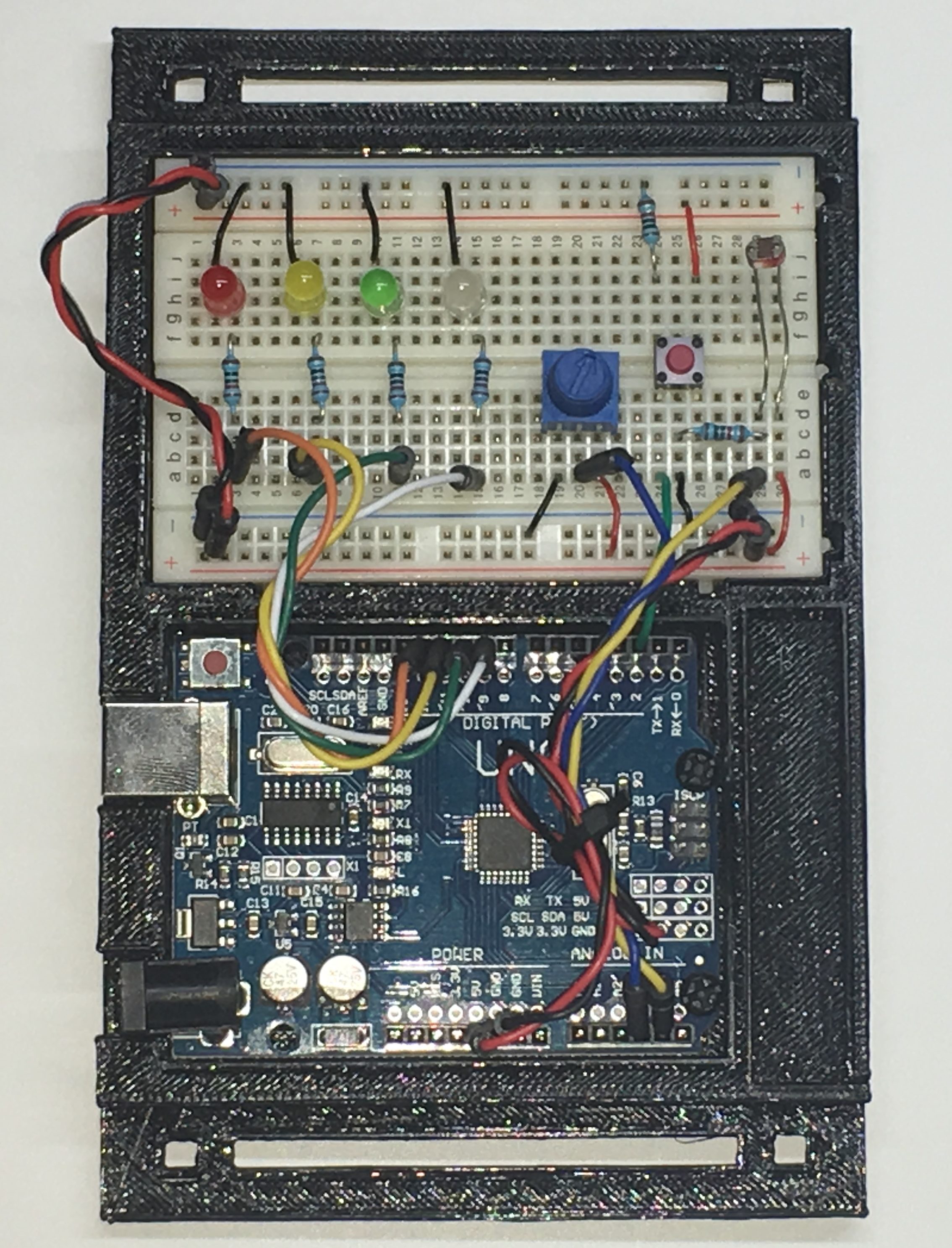

Once you have acquired the above units, it's just about programming the Arduino IC with the following sample code, and subsequently integrating the LED, resistor and the power supply with the Arduino board as shown below: How to Wire Arduino with LED What you will need for making this system:
#Random arduino generator
Well, hopefully that was random enough for you! If you enjoy this tutorial, I highly recommend checking out our free Arduino Crash Course (You can sign up below).In one of the earlier posts we came across a similar RGB LED effect generator circuit using Arduino which was programmed to produce the effect in a flowing sequential manner, whereas here the set up can be expected to generate randomly changing RGB LED effect. Serial.println("Starting new Random Number Sequence")

#Random arduino serial
Let's print a start messgae to the serial monitor when a new sequence of random numbers starts this variable will hold a random number generated by the random() function Declare and initialize LED pin variables Repeat this for the other components at pin 3 and 4Ĭoonect the ground on the breadboard to one of the Arduino GND pins. This noise value can seed the randomSeed() function to produce differing sequences of random numbers every time the sketch is run.īelow is the sketch from the video using analogRead() and randomSeed() in unison: /*How to use the random() and randomSeed() functionĬonnect a resitor to pin 2 and then to a breadboard.Ĭonnect the long leg of an LED to the resitor and the short leg to one of the ground rails on the breadboard Since an unused pin that has no reference voltage attached to it is basically ‘floating’, it will return a “noise” value. Use the analogRead() function to read a value from an unused analog pin. So, what to do? Lucky for us the Arduino reference has a great solution. It is just a different list of pseudo random numbers! display the random number on the serial monitorīut there is still an issue – even though the sequence of random numbers is different when using the randomSeed() function – it will still be the same every time the sketch is run.

setup serial communications through the USB Set up - this is where you get things "set-up". Something like this: //this variable will hold a random number generated by the random() function You might put randomSeed() in the setup, and then use the random() function in the loop. The number you pass to the randomSeed() function is called a ‘seed’. This function takes a value (an integer for example), and uses the number to alter the random list generated by the random() function. The easy way to overcome this is using the randomSeed() function. So if you build a slot machine, and the first crank of the handle is a winner, then you can be sure that if you reset the Arduino board and pull the handle again – it will still be a winner the first time. The most important thing to understand when using the random() function with Arduino is that it will generate the exact same list of pseudo random numbers every time. Why are Random Numbers with Arduino All the Same? By submitting this form you agree to the privacy policy, and can opt-out anytime. You will receive email correspondence about Arduino programming, electronics, and special offers.


 0 kommentar(er)
0 kommentar(er)
